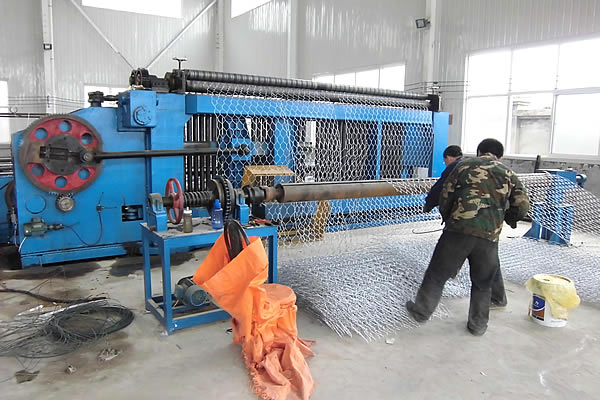 TEL:
+86-13102802206
TEL:
+86-13102802206
 Email:
fencenetting@china.com
Email:
fencenetting@china.com
 Language
Language
 TEL:
+86-13102802206
TEL:
+86-13102802206
 Email:
fencenetting@china.com
Email:
fencenetting@china.com
 Language
Language


The Role of Temporary Panels in Modern Construction
In the ever-evolving world of construction and architecture, innovation is key to achieving efficiency, cost-effectiveness, and adaptability. Among the many tools and techniques that have emerged to meet these demands, temporary panels have garnered significant attention. These versatile entities play a crucial role in various stages of construction, serving multiple purposes that extend far beyond mere aesthetics.
What are Temporary Panels?
Temporary panels are transitory structures or installations used in construction projects to serve a range of functions. They can be made from a variety of materials, including plywood, metal, or composite materials, and are designed to be easily assembled and disassembled. Their primary purpose often includes safety, privacy, and support during the construction process. However, their utility goes far beyond these basic functions.
Safety First
One of the most critical roles of temporary panels is ensuring safety on construction sites. They can be employed to create barriers around dangerous zones, protecting workers and the public from potential hazards. By clearly marking off areas where heavy machinery is in operation or where materials are being handled, these panels help to mitigate risks associated with construction activities. Additionally, temporary panels can be used to shield workers from weather elements, providing a safer and more comfortable work environment.
Enhancing Privacy and Security
In metropolitan areas where construction projects may occur in close proximity to residential or commercial spaces, temporary panels serve as a means of maintaining privacy and security. These barriers can help to block noise, dust, and visual disturbances from the ongoing construction work. For residents nearby, this means a reduction in the negative impacts associated with construction activities, while project managers can avoid potential conflicts with the community.
Furthermore, temporary panels can also serve as a deterrent to theft and vandalism
. By enclosing construction sites, they create a physical barrier that makes it more difficult for unauthorized individuals to access valuable materials and equipment. This added layer of security is essential in preventing costly losses during the length of construction.
Flexibility and Adaptability
Another significant advantage of temporary panels is their flexibility. Construction projects can undergo numerous changes, from design alterations to project scope expansions, requiring a quick response in terms of site management. Temporary panels can be easily modified, moved, or repurposed as the needs of the project evolve. This adaptability reduces downtime and can significantly cut costs associated with project delays.
Temporary Panels in Aesthetic Presentation
Temporary panels are not merely functional; they can also enhance the visual appeal of a construction site. Developers often use these panels to display imagery related to the project, architectural designs, or branding, transforming a potentially unsightly construction site into an informative and engaging space. This approach not only informs the public about what to expect but can also generate excitement and interest in the upcoming development.
Moreover, creative uses of temporary panels can lead to improved community relations. By engaging with the public through artistic designs or informational displays on the panels, construction companies can foster a sense of community involvement and transparency about the project.
Environmental Considerations
In today's environmentally conscious world, the materials used for temporary panels can also reflect sustainable practices. Many companies are now opting for eco-friendly materials that can be reused or recycled, thereby minimizing the environmental footprint of construction activities. These sustainable options not only meet regulatory requirements but also appeal to a growing demographic of environmentally aware consumers.
Conclusion
Temporary panels have established themselves as indispensable assets in modern construction. By enhancing safety, security, privacy, and aesthetics while providing flexibility in site management, these panels serve a multifaceted role in the construction process. As the construction industry continues to adapt to new challenges and innovations, the importance of temporary panels will undoubtedly persist, ensuring that projects are executed smoothly and efficiently while catering to the needs of workers and the community alike.